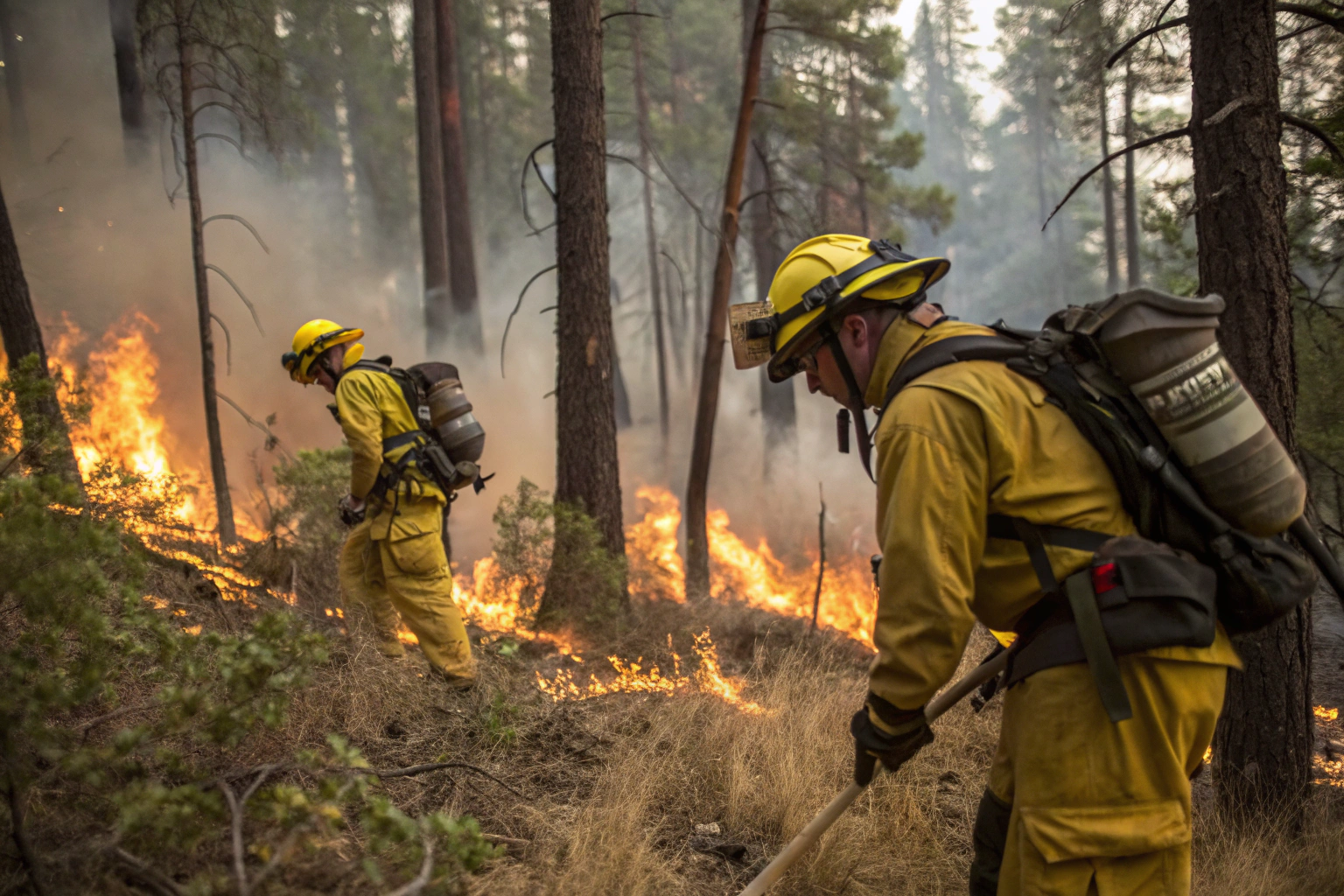Wildland firefighters risk their lives daily in extreme conditions. The gear they wear is not only their first line of defense but also a factor that determines their ability to endure long hours in intense environments. Many procurement managers and safety leaders struggle to balance safety, comfort, and cost when sourcing firefighting clothing. Without global standards, gear quality can vary widely, leaving room for serious risks.
ISO 15384 sets the global benchmark for protective clothing used in wildland firefighting. It establishes strict requirements for flame resistance, durability, comfort, and design, ensuring that every piece of gear performs under the toughest conditions. This makes it critical for buyers and fire agencies worldwide to understand and demand ISO 15384 certification when sourcing gear.
As the demand for safe and sustainable protective clothing grows, the role of ISO 15384 becomes even more important. Let’s explore what this standard covers, why it matters for buyers, how it supports innovation, and what questions you should ask your supplier before making a purchase.
What Does ISO 15384 Cover?
Wildland firefighting differs from structural firefighting in many ways. The environment is unpredictable, the shifts are longer, and the heat exposure is constant. Gear that works in an urban building fire would be too heavy and suffocating for a firefighter hiking through forests.
ISO 15384 outlines requirements for flame resistance, seam strength, tear resistance, and comfort. It ensures that clothing is lightweight enough for extended outdoor use but still protective enough to resist radiant heat and flames. This standard helps strike the balance between protection and performance.
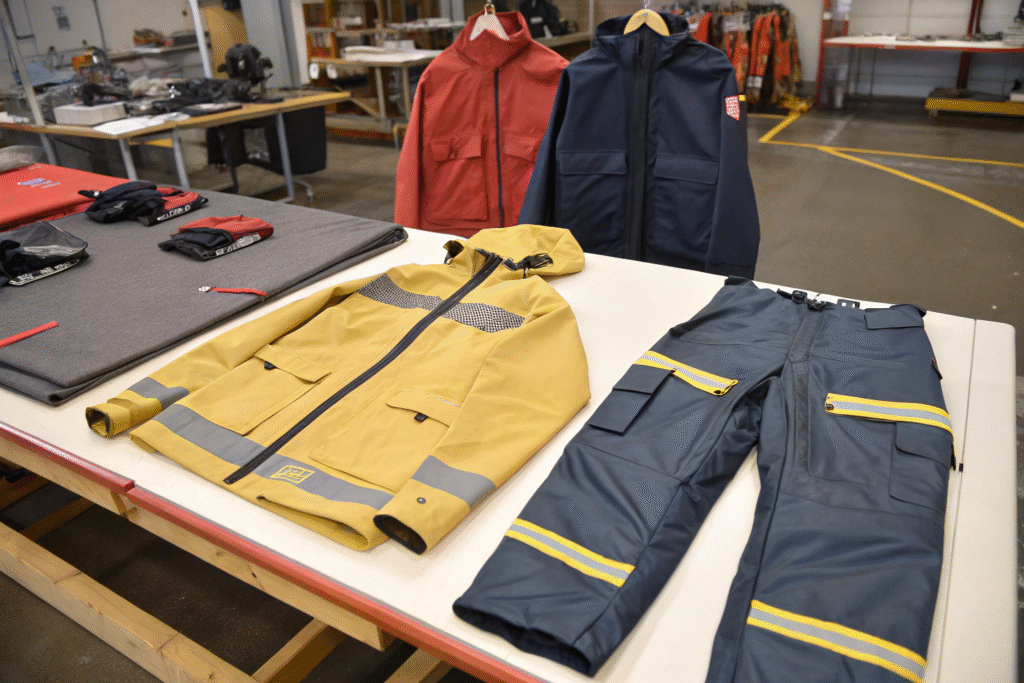
How Does ISO 15384 Differ From Structural Fire Gear Standards?
Structural firefighting gear usually complies with NFPA 1971. This standard focuses on heavy insulation to withstand high indoor heat levels. Wildland firefighting, however, requires mobility and breathability. ISO 15384 provides the flexibility to work in open, hot, and physically demanding environments, without causing heat exhaustion.
Why Is Comfort as Important as Protection?
When crews hike miles with heavy tools in extreme temperatures, comfort directly impacts safety. Gear made with breathable fabrics reduces fatigue and dehydration risks. ISO 15384 recognizes that effective firefighting depends on both protection and wearability.
Why Is Certification Important for Buyers?
For agencies, procurement managers, and safety supervisors, certification is more than a document. It is proof that gear has been tested and verified under strict international standards.
ISO 15384 certification guarantees that products meet safety and performance benchmarks recognized worldwide. It lowers liability risks, ensures compliance with international requirements, and protects firefighters in the field.
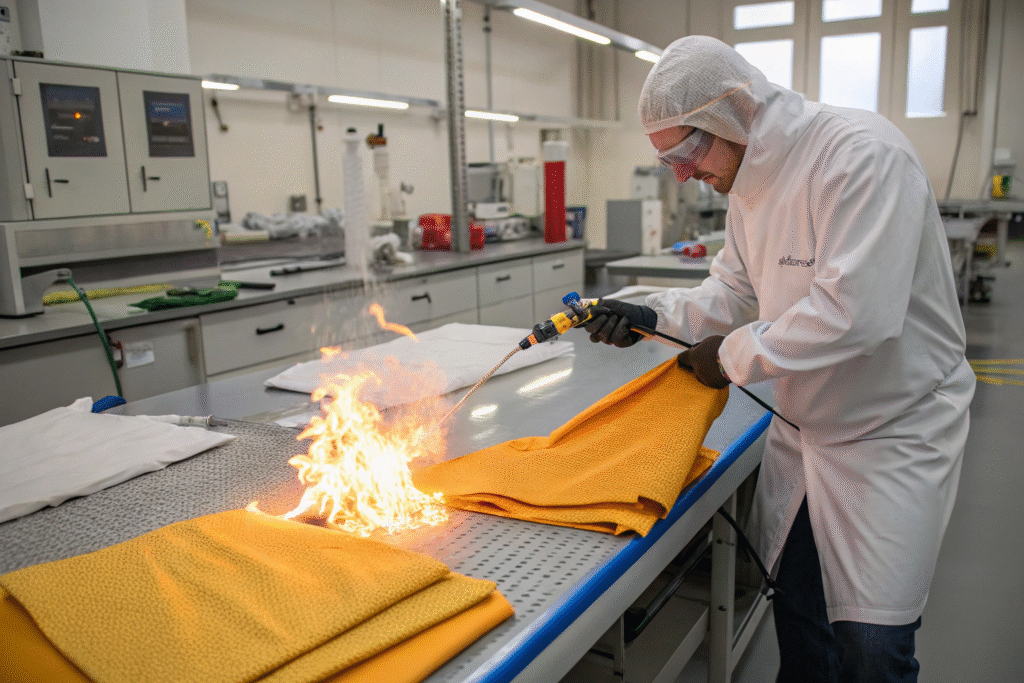
How Do Testing and Audits Work?
Testing includes flame spread resistance, seam durability, shrinkage, and tensile strength. Independent labs perform audits to verify compliance. Manufacturers must also undergo continuous production checks to maintain certification, which ensures consistent quality.
What Risks Do Buyers Face Without Certification?
Purchasing uncertified gear increases the risk of premature failure, safety hazards, and lawsuits. Agencies without ISO 15384-compliant clothing may face failed contracts or firefighter injuries. Certification eliminates uncertainty and safeguards investments in safety equipment.
How Does ISO 15384 Support Innovation?
Some think standards restrict creativity, but ISO 15384 provides a foundation that actually encourages textile innovation. With a baseline of safety guaranteed, manufacturers can experiment with new materials and technologies.
ISO 15384 has led to the development of lighter, stronger, and more sustainable firefighting fabrics. This has improved firefighter protection while opening doors to environmentally responsible solutions.
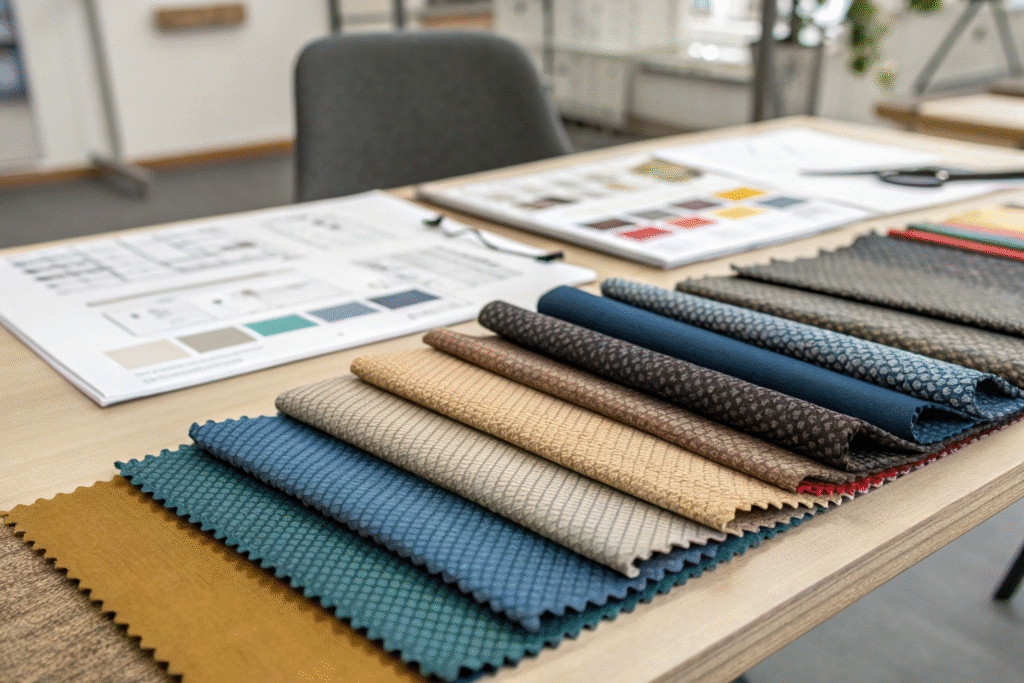
What Role Do Advanced Fabrics Play?
Today’s gear incorporates aramid fibers, moisture-wicking linings, and antimicrobial finishes. These materials boost durability, hygiene, and comfort while still meeting ISO 15384 safety requirements.
How Does Sustainability Fit In?
Fire agencies increasingly demand eco-friendly solutions. Suppliers respond by using recycled fabrics and low-carbon production. ISO 15384 allows these materials, provided they meet all safety criteria. This balance promotes both innovation and responsibility.
What Should Buyers Ask Suppliers?
Even with ISO 15384 certification, not all products are equal. Procurement managers must know the right questions to ask in order to secure both safety and value.
Smart buyers look beyond certification to verify material quality, customization options, and logistics capabilities. This ensures gear is not only compliant but also optimized for real-world demands.
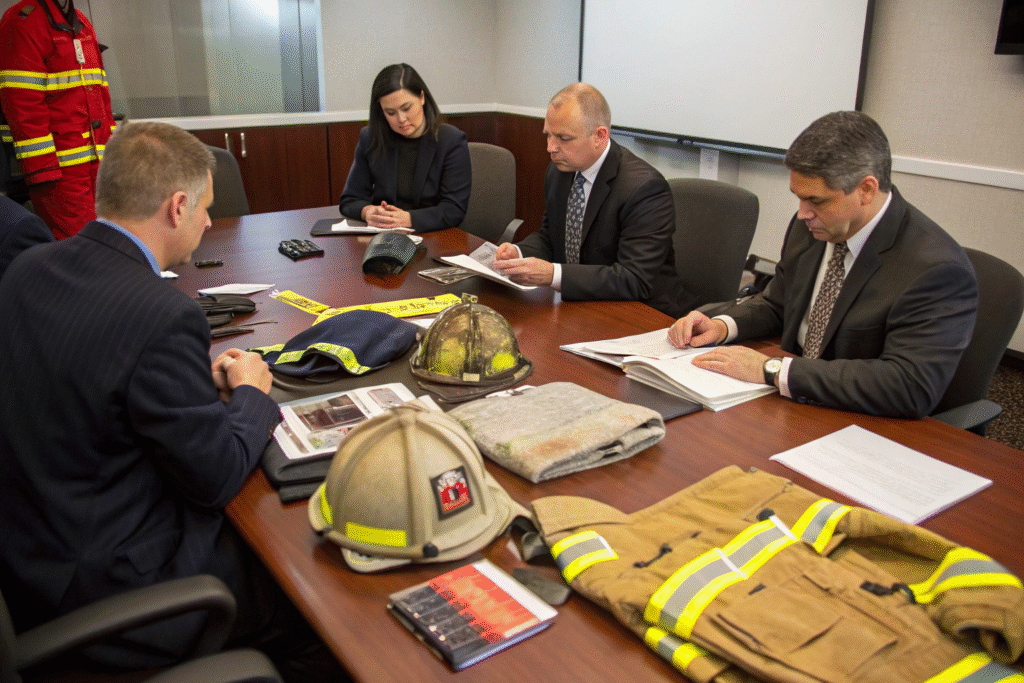
Should You Request Third-Party Test Reports?
Yes. Reputable suppliers provide independent reports from SGS or Intertek confirming ISO 15384 compliance. This transparency builds trust and protects buyers from hidden risks.
How Do Logistics and Support Influence Value?
Suppliers with strong global logistics networks ensure timely delivery, especially during peak wildfire season. Reliable after-sales service and replacement parts also improve long-term value.
Conclusion
ISO 15384 is not just a regulation; it is a guarantee of safety and reliability. It sets a consistent global standard for wildland firefighting clothing, making sure firefighters are protected, comfortable, and equipped for extreme conditions. By focusing on both protection and innovation, it helps agencies and suppliers provide the best possible gear for those on the front lines.
At Shanghai Fumao, we combine ISO-certified fabrics, advanced R&D, and strong logistics to deliver trusted protective solutions worldwide. If you are looking for a partner to develop or source your wildland firefighter gear, contact our Business Director, Elaine, at elaine@fumaoclothing.com.

